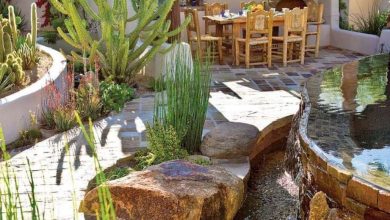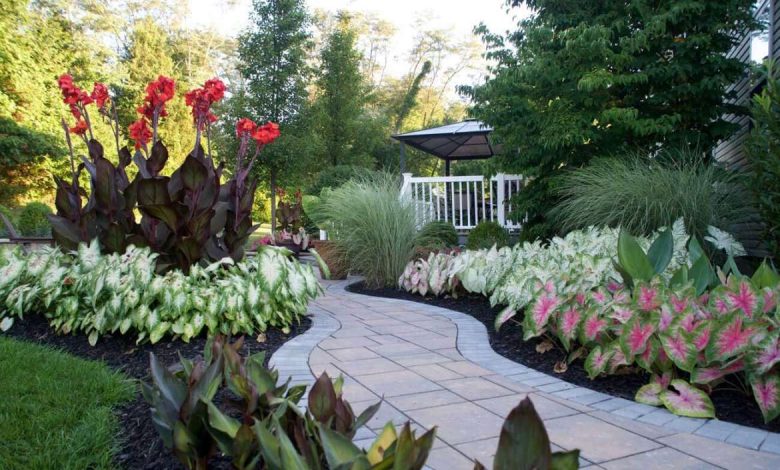
17 Trending Elephant Ear Landscape Ideas 2024
Elephant Ear Landscape Ideas: Unleash the Lush Tropics in Your Backyard
Elephant ears, with their magnificent, oversized leaves, are a surefire way to inject a touch of the tropics into your landscape. These captivating plants come in a variety of textures, colors, and sizes, offering endless possibilities for creating stunning garden designs. Whether you crave a bold and dramatic focal point or a lush, layered jungle vibe, elephant ears can be the key to achieving your dream outdoor space.
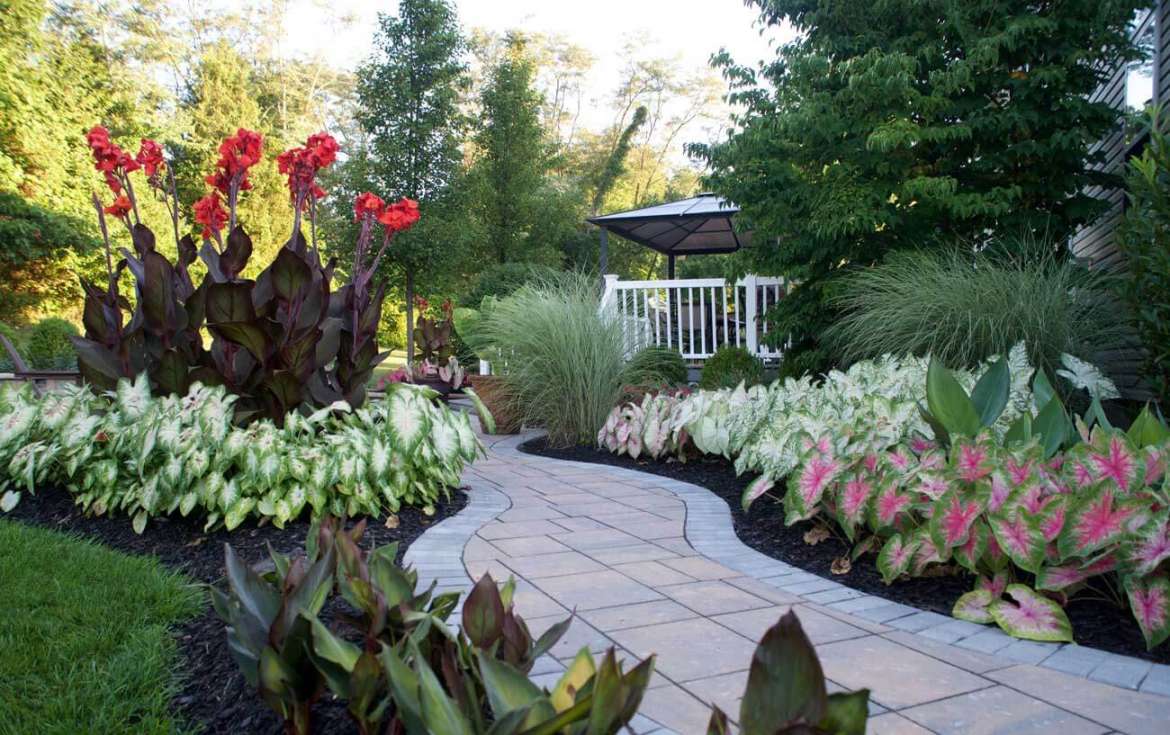
Elephant ears excel at making a statement. Plant a clump of the gigantic green ‘Alocasia macrorhiza’ or the burgundy-veined ‘Colocasia Burgundy Stem’ as a standalone specimen in a shady corner. For a touch of whimsy, opt for the heart-shaped leaves of ‘Alocasia lauterbachiana.’ These conversation starters will instantly draw the eye and create a sense of grandeur in your garden.

Embrace the jungle aesthetic by planting elephant ears in a layered fashion. Use the towering varieties like ‘Alocasia gageana’ or ‘Xanthosoma violaceum’ as the backdrop. Incorporate textural interest with fuzzy-leaved ‘Alocasia sanderiana’ or the rippled ‘Caladium Florida Sweetheart’ in the middle ground. Finally, carpet the area with colorful caladiums or low-growing elephant ear varieties like ‘Alocasia zebrina’ for a truly immersive experience.

Elephant ears offer a dazzling array of colors beyond classic green. Experiment with the dramatic dark foliage of ‘Colocasia Black Magic’ or the vibrant chartreuse hues of ‘Alocasia Frydek.’ Variegated varieties like ‘Caladium White Christmas’ or ‘Alocasia Zebrina’ add a playful touch and pair beautifully with flowering plants like impatiens or begonias.

While the leaves are the undeniable stars, elephant ears also boast interesting flowers and stalks. The white, hood-like blooms of some varieties add an unexpected element of surprise. Varieties with colorful or patterned stems, like ‘Alocasia zebrina,’ create visual interest even after the leaves have faded.
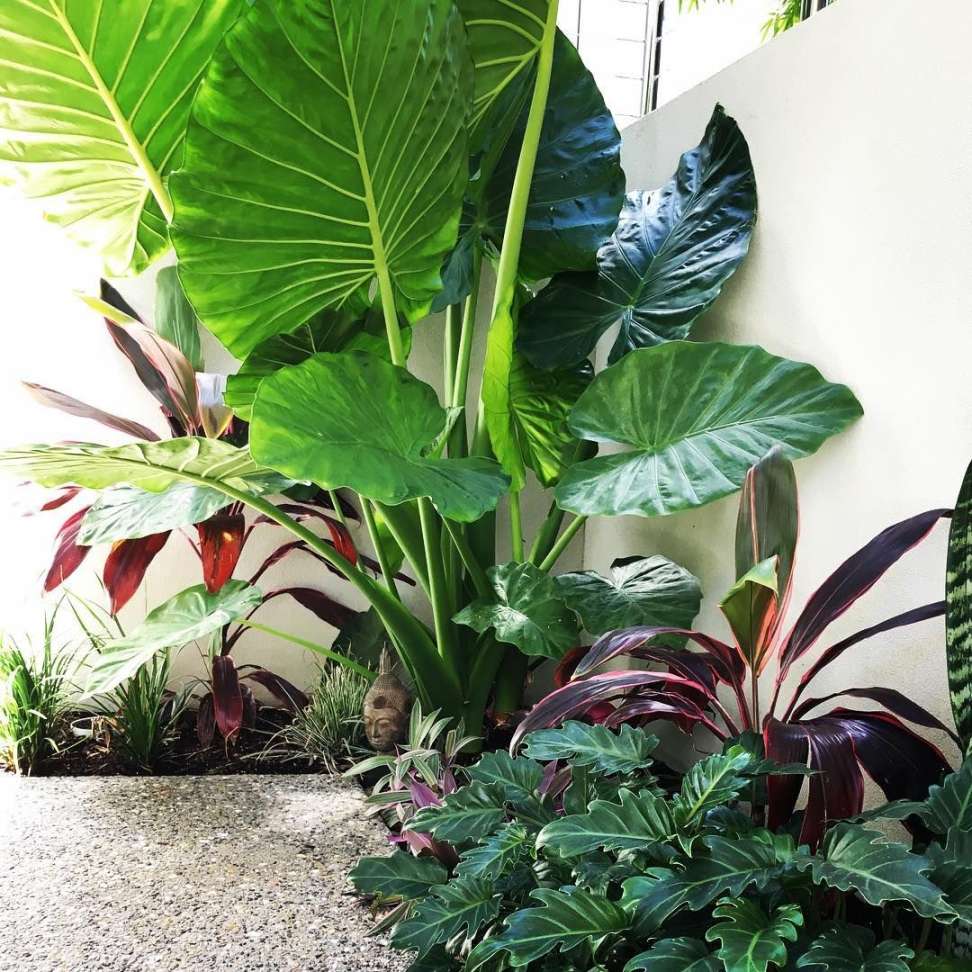
Elephant ears thrive in warm, humid environments with partial to full shade. Ensure well-draining soil and consistent moisture, especially during hot weather. In colder climates, grow elephant ears in containers to bring them indoors during the winter months.
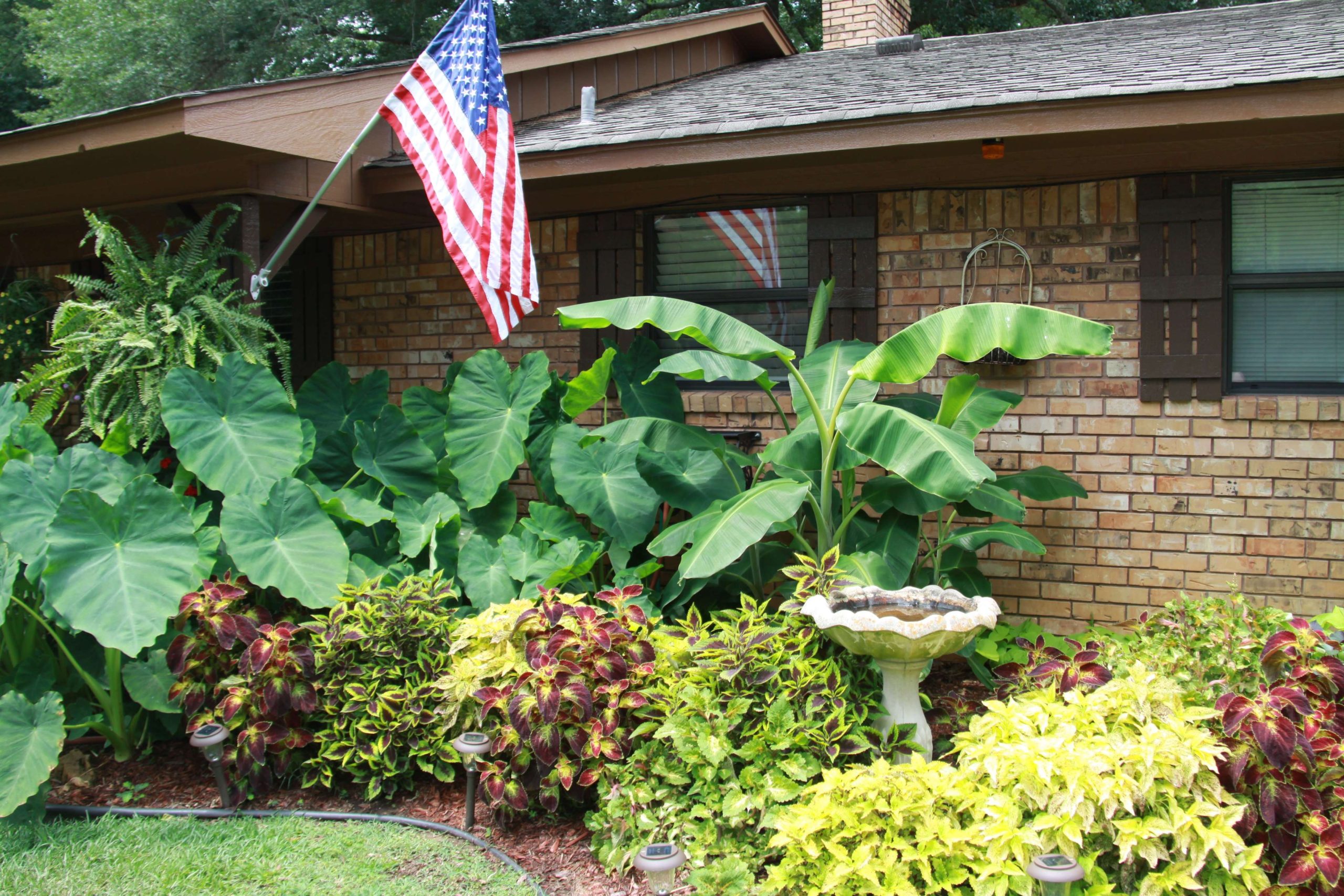
Elephant ears are a versatile and captivating addition to any landscape. With their bold foliage, diverse colors, and architectural presence, they offer endless possibilities for creating a lush and tropical oasis in your backyard. So, unleash your creativity, explore the incredible world of elephant ears, and transform your outdoor space into a paradise.

FAQs

Yes, elephant ears contain calcium oxalate crystals, which can be toxic if ingested. It’s crucial to keep them out of reach of children and pets.
Elephant ears prefer partial to full shade. Avoid placing them in direct sunlight for extended periods, especially during the hottest part of the day.
In warmer climates, elephant ears may return year after year. However, in colder regions, they are typically treated as annuals.
Yes, elephant ears can be grown indoors in pots. Provide them with bright, indirect light and consistent moisture.
Ferns, hostas, impatiens, begonias, and caladiums all make excellent companions for elephant ears, creating a lush and vibrant landscape.


